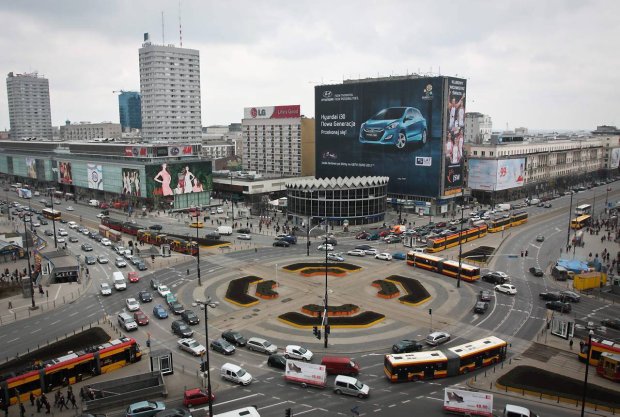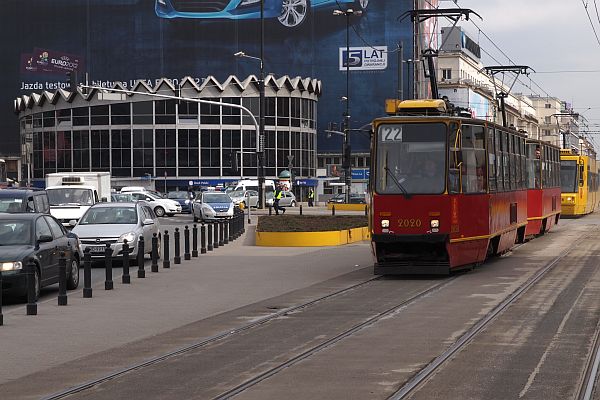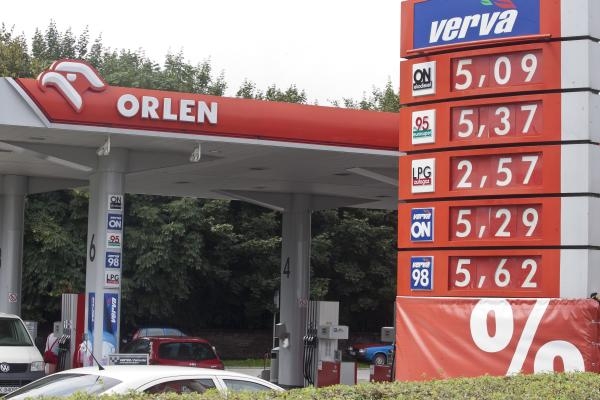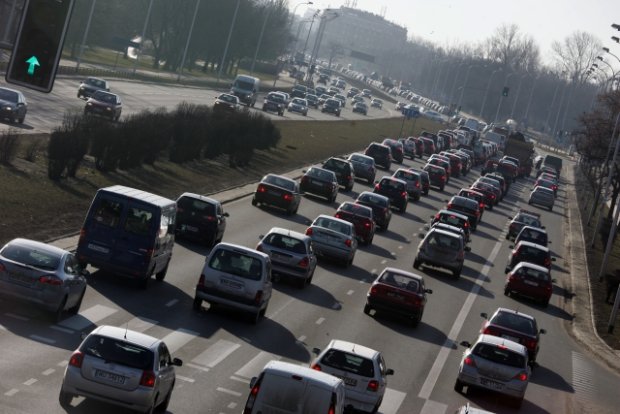Since March I’ve been living in Poland’s capital city, Warsaw. Shortly after I moved out of California, my trusty, 1995 Volvo 850 Turbo, was given away to charity for a tax deduction. The car was a trooper that lasted me roughly 250,000 miles (the odometer broke at 189,000). It lasted me through 100s of commutes and several long road trips, including from Northern California to Louisiana and back.
Although in a sentimental sense I’ll miss that car and the memories it represented, part of the lifestyle change I’ve made means that I don’t need a car. And honestly I don’t miss having one. Here are the reasons why:
1. Downtown Living
I live in the geographical center of downtown. Some of the best restaurants (including excellent sushi bars) are on my street. I can walk to the biggest mall in Warsaw in 10-15 minutes. I can walk to Mokotowska Street, home to the highest concentration of clubs in the city in 15 minutes. I can walk to the historic Old Town in 25 minutes.
2. Trams
The “tramwaj” is my second favorite form of transportation after walking. Trams crisscross the city and also travel across the bridges over the Vistula river to the Praga district. Since trams run on their own rails, they don’t get stuck in traffic. Tram tickets come in a 20-minute and 75 minute variety and cost 3.40 zł and 4.40 zł respectively ($1.07 and $1.39). There is a 50% discount for seniors and students with ID up to 30 years old.
Ticket checks occur randomly and involve plainclothes transportation officers entering a bus, tram or metro car and asking for everyone’s tickets. They use an electronic reader to check that your ticket has been validated and hasn’t yet expired. Although ticket checks occur infrequently, it’s not worth running the risk of riding without a ticket. If you ride frequently you’re bound to run into a check within a couple of months and will have to pay a fine of 200 zł or more ($62+). Don’t expect to play the “I don’t speak Polish” or “I don’t have money” card. They know English well enough and they’ll march you to an ATM to withdraw cash.
3. Metro
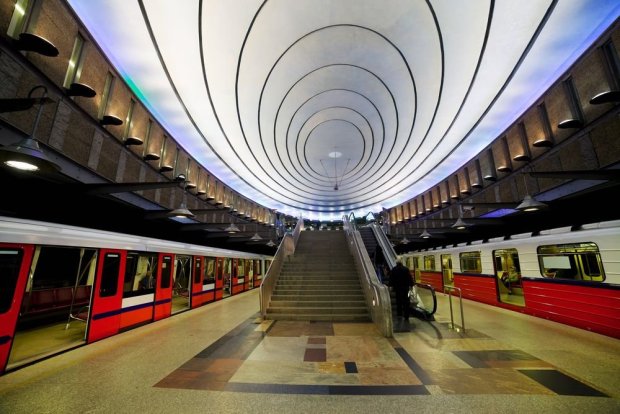
The north-south line of the metro is the fastest public transportation in town. The first part of the east-west “2nd line” will be completed this year.
The metro is another excellent form of transportation, and the fastest way to get from point A to point B in most situations. The metro currently only has one north-south, but another east-west line has been under construction for several years and should have a limited number of stations open by the end of 2014. The “druga linia metro” (second line of the metro) will travel beneath the Vistula river to the Praga district.
You can use the same tickets as for the trams (and buses) on the metro. A 20-minute ticket will be enough for most trips, but if you are going from the Centrum station to Młociny in the north or Natolin/Kabaty in the south, use a 75-minute ticket to be safe. Certainly if you’re planning to cover 10 or more stops. The metro runs from 5am-midnight, Sunday-Thursday and 5am-3am (the next day) on Friday and Saturday.
4. Taxis
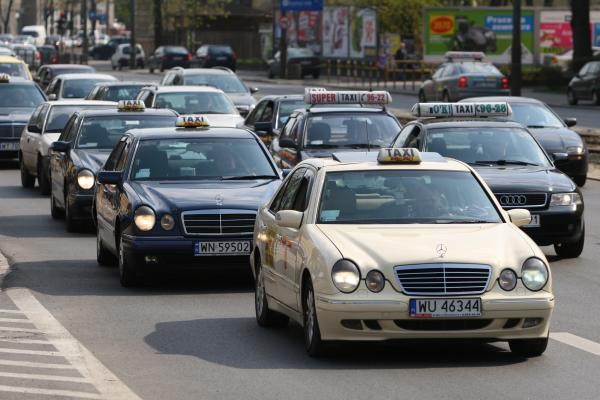
Taxis are everywhere in Warsaw, just be sure to check their posted rate and the meter when you get in.
Taxis are plentiful and cheap in Warsaw. A taxi ride costs 8 zł ($2.50) for the initial fare and first kilometer (0.62 miles) and about 2 zł ($0.63) for each extra km. Independent taxi drivers may charge up to 3zł ($0.92) per km, the maximum allowed under city ordinance.
Although the problem of dishonest taxi drivers has largely been eliminated through oversight and policing (the worst offenders used to be around the Warszaw Centralna railway station), there’s still a chance of getting ripped off by hailing a cab off the street or taking the first one from a taxicab stand (you always go to the cab at the front of the line).
Last year I took a cab with a friend from a club next to Złote Tarasy to another club about a mile away. By the time we got there I was shocked to see the fare at 30 zł. We paid it without arguing to just get on with our night, but it’s a good example of the importance of checking to see what the meter reads at the start of your trip and what the posted rate is in the cab’s window.
Your best bet is to call for a taxi from a reputable company such as MPT and they’ll call you when they arrive. If you are going to the airport early the next morning, you can order the taxi a day ahead. Uber just started operating in Warsaw last week so it will be interesting to see how it develops. As was the case in other countries, there have been protests by taxi drivers to maintain their monopoly.
5. Day Game
Warsaw is a wonderful city to meet attractive and friendly women. By walking to my destination I have more potential opportunities to stop and chat with women than I have time to handle.
It doesn’t always have to be about getting numbers and dates either. Walking is a great way to encounter new people, including several million tourists that visit Warsaw each year, to take a closer look at shops and restaurants, and to feel the vibe of the city.
6. High Gas Prices
The average price of gas in Warsaw is 5.10 zł ($1.61) per liter. This works out to 19.28 zł ($6.07) per gallon! Filling up my Volvo tank at that price would cost me $117. European cars are more fuel efficient than the average American car (in party by having mostly manual transmissions) but you can see that these prices make driving a car a luxury.
7. Traffic
The dramatic economic growth of Poland after the collapse of communism in 1989 brought unprecedented changes to the country. Although there are still a lot of social problems and poverty, a substantial middle class has emerged.
Car ownerships has tripled from 150 cars per 1000 inhabitants in 1990 to 450 cars per 1000 inhabitants in 2010 (source). As is the case everywhere else in the world, infrastructure can’t keep up. Warsaw (and other places in Poland) are famous for “korki” (corks) traffic jams.
Conclusion
Having a car was a necessity when I lived in California. It wasn’t practical to ride a bike every day to work, to visit friends and to go grocery shopping or to move heavy items.
Beyond the $11,000 I spent to purchase my car used in 2002, I spent an average of $200/month on gas and insurance and roughly $1000/year on maintenance and repairs. Even these conservative estimates add up to over $40,000 in operating expenses! That works out to $278 per month. Keep in mind that I was working part-time for 6 of the 12 years that I owned the car and earning about $1000 per month.
There were many factors involved in deciding to move to Poland, and though my transportation options weren’t the first consideration, they played a role. Today I spend about $20 per month on public transportation and the occasional taxi, but mostly use my feet.
I’m glad to be a leg man, in more ways than one.

